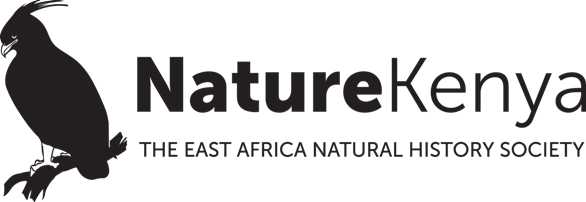On a sunny mid-morning, 99 men and women are gathered at the Enchilishili Social hall at the Eselenkei Group Ranch in Amboseli, Kajiado County. Like in other grassroots public gatherings, the attendees keenly listen to the speakers. Vulture conservation and wildlife poisoning are the topics under discussion today. This village meeting is one of the many that Nature Kenya has scheduled to educate communities living within the Amboseli ecosystem on the dangers of wildlife poisoning.
“Wildlife poisoning is prevalent in Amboseli. Vultures are the most affected victims. We use such gatherings to sensitize our people on the threats posed by the poisoning,” says Jackson Oloibon, a community vulture volunteer based in Kimana.
“We are thankful to Nature Kenya for this informative session. Over the years, we have witnessed a decline in vulture numbers in this area and assumed that the birds have migrated to other places in search of food and shelter. Today we have learned that these birds are disappearing due to wildlife poisoning,” says Meijo ole Kerina, an Enchilishilivillage resident.
Upon learning about the importance of vultures in keeping the environment clean and the threats facing them, ole Kerina pledges to mobilize fellow villagers to report anyone who attempts to poison wildlife.
During such meetings, community members ask questions, share their opinions and give suggestions on preventing wildlife poisoning incidents in their areas. Villages adjacent to the Amboseli National Park frequently experience predator attacks on cattle. In retaliation, villagers lace cattle carcasses with poison to kill the predators, including lions and hyenas. These poisoned carcasses are consumed by vultures and other scavenging animals, which are unintended targets. Poisoning is a leading cause of vulture deaths in Kenya.
Chiefs and other administation officers are engaged to reach out to the communities. So far, four meetings have been held this year in Iltilal, Samai, Nolasiti and Enchilishili villages, with 408 community members reached. Stakeholders from the Kenya Wildlife Service (KWS), Maasai Community Wilderness Trust and Big Life Foundation are also involved in the outreach.
Nature Kenya has recruited 17 community volunteers in the Amboseli area to monitor vulture populations and wildlife poisoning incidents. Nature Kenya is also supporting the construction of predator-proof bomas to reduce cases of big cats and hyenas preying on cattle in homesteads.
Amboseli National Park is a designated Important Bird Area (IBA) and Key Biodiversity Area (KBA). Besides having many large wild animals like African Elephants, Black Rhinos, giraffes and lions, the park hosts over 400 bird species with more than 40 birds of prey, including the threatened Secretarybird, Martial Eagle, and Lappet-faced, White-backed, Hooded and Rüppell’s vultures.
